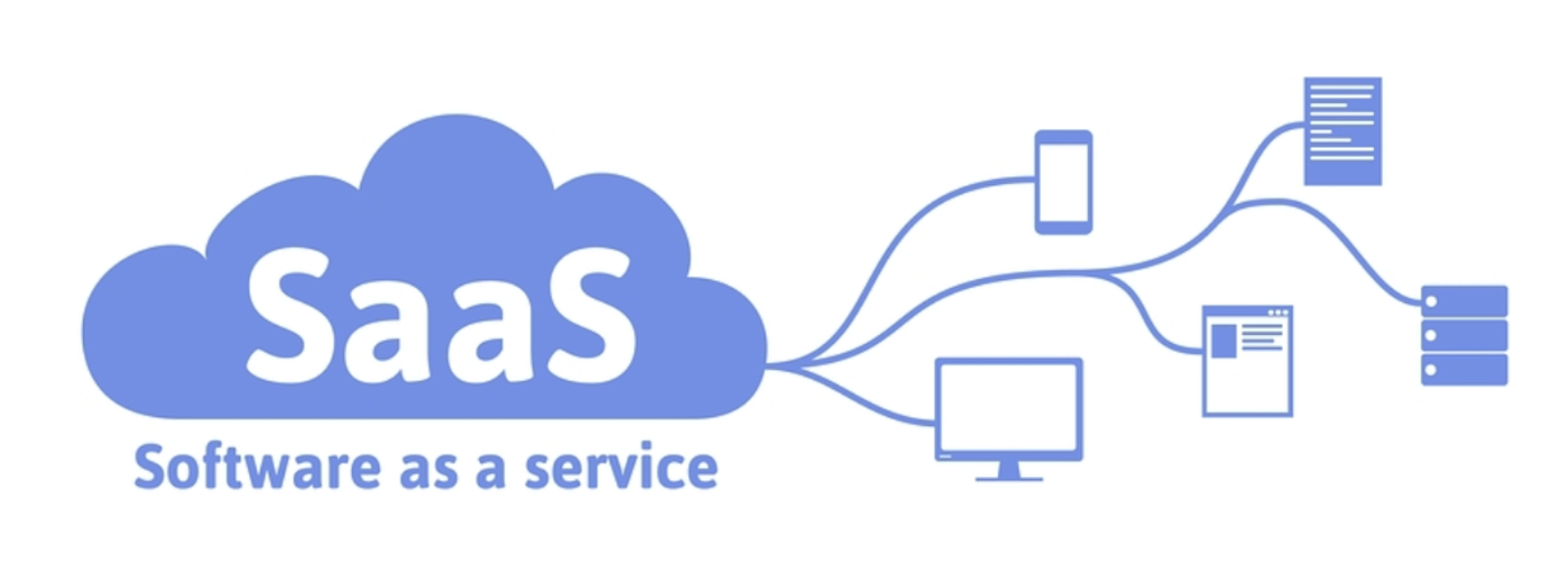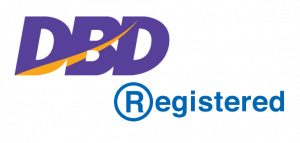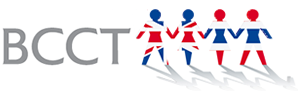
Introduction to Software as a Service (SaaS)
Introduction to Software as a Service (SaaS)

Understanding in simple words, SaaS is a medium through which software applications can be delivered online. It puts the days of the traditional client-server model of computing to an end. The software can be maintained on-site either on your personal workstation or on a server.
SaaS is often referred to as a web-based, hosted or on-demand software. The software runs through the server of the SaaS provider. You will be able to access it if you have a good internet connection. Hardware management and security updates are all taken care of by the SaaS provider. Let’s move on to some of the advantages of SaaS.

1. Easy to access and use
One of the standout benefits of SaaS is the requirements that make it easy to access and use. The only thing you need on your computer is an internet connection. This enables you to access it anytime, anywhere. You can use it on any device or computer which runs the web and has an internet connection. As a result, you can be productive anywhere with the aid of SaaS, be it inside or outside the office.
SaaS applications are also extremely user-friendly. If you know how to work your way around the internet, you will be good to go. Moreover, the intense competition among SaaS providers has made them put user experience or UX as one of their top priorities. As a result, everyone is working towards making SaaS easy to use.

2. Vendor accountability
SaaS offers a high level of vendor accountability. This accountability is made possible due to it being subscription-based. Any customer who is dissatisfied with the service can simply choose not to renew or cancel their subscription. As a result, vendors are bound to provide outstanding service; otherwise, they will lose customers.
Vendor accountability is also set on high par due to the brutal competition that exists in the SaaS market. In order to provide excellent services, vendors work on providing good experiences that disrupt the existing ecosystem of tools and products. Consequently, SaaS providers put all their focus on responsive customer support and constantly improving their experiences.
In order to provide consistently good experiences, SaaS products are repeatedly tested. Similar to all other software, bugs and glitches are not foreign to SaaS applications. However, the whole responsibility for fixing these issues lie on the shoulders of the SaaS providers. As a result, they are constantly running alpha and beta testing programs allowing some users to test their new features and provide feedback. These features are introduced to the whole market in accordance with the success of feedback.

3. No burden on users
The fact that SaaS applications are hosted by the provider is an advantage for the users. This is because the user does not have to make any large upfront investments as there are no hardware requirements apart from having a computer/device and an internet connection. Most SaaS products are accessible on all kinds of computing devices, including mobiles, tablets, desktops, laptops, etc. As a result, the tasks that you once could perform from your windows workstation only can be done anywhere, anytime.
Moreover, users have no maintenance burden, as all updates are made by the SaaS provider. Since the SaaS provider hosts the application, updates for all users can be made at once without users having to manually do it themselves.
4. Lower costs
Traditional software comes with licensing fees, which can cost a lot. SaaS applications solve this problem since they are subscription-based and, as a result, are quite economical. Moreover, as mentioned before, SaaS applications do not require any large upfront investments as compared to traditional software packages.
To Conclude
SaaS is becoming increasingly popular due to the benefits it brings. Businesses are preferring them over traditional software due to the ease of access and use. Moreover, they lower down the costs and provide better user experience and customer support. Applications are kept up to date, so no one is left behind in the fast-paced contemporary world.







